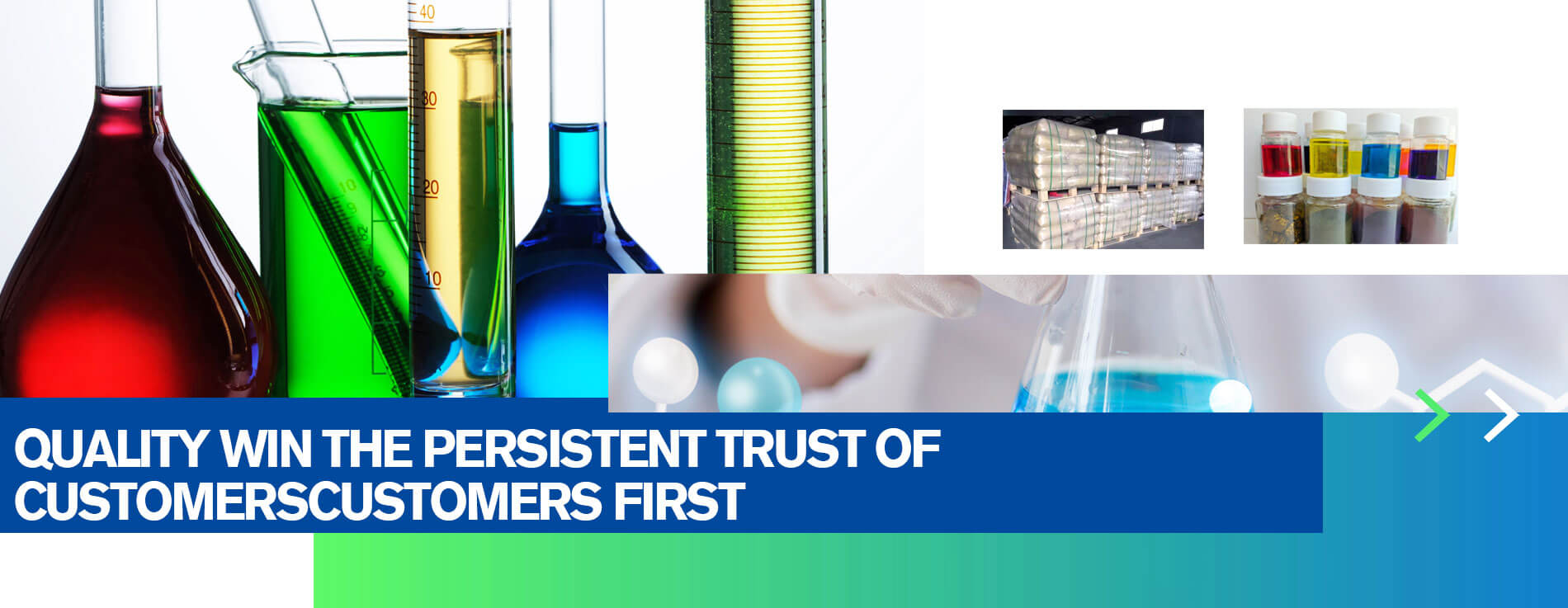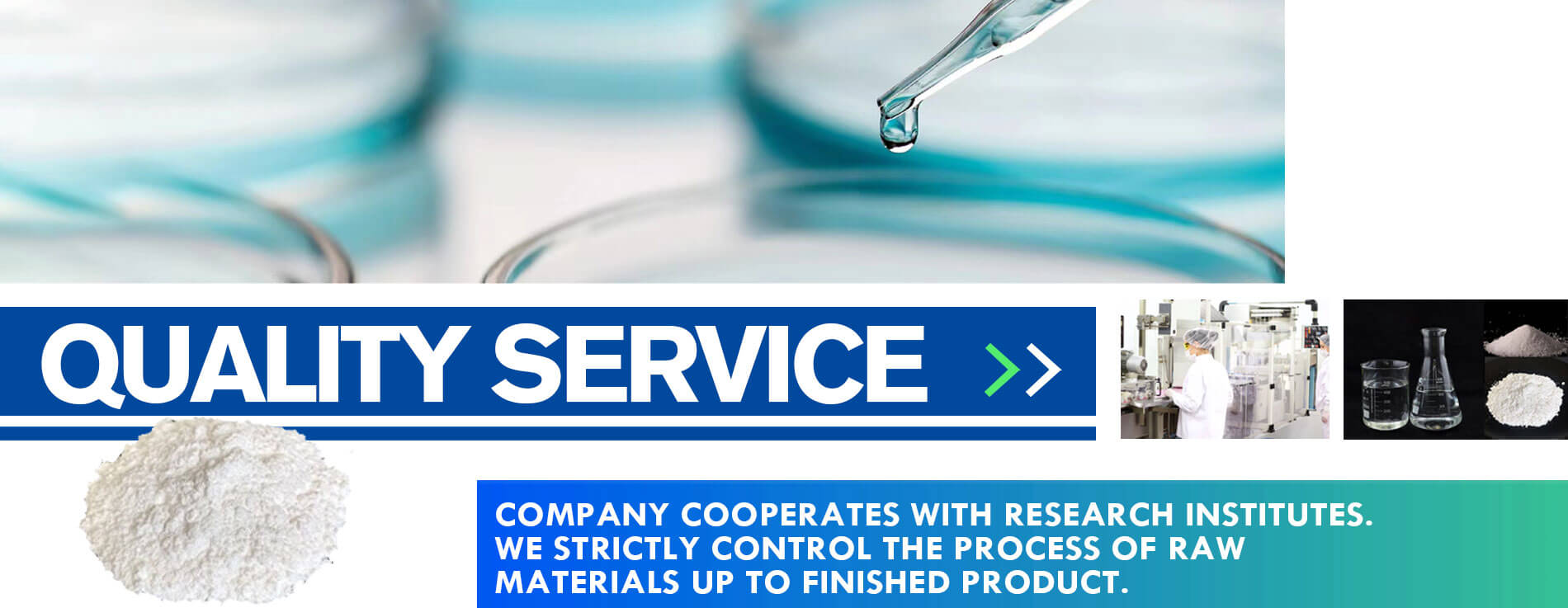As a leading Benzenesulfonamide, 4-5-(4-Methylphenyl)-3-(Trifluoromethyl)-1H-Pyrazol-1-Yl- supplier, we deliver high-quality products across diverse grades to meet evolving needs, empowering global customers with safe, efficient, and compliant chemical solutions.
What are the chemical properties of this product 4-5- (4-methylphenyl) -3- (trifluoromethyl) -1H-pyrazole-1-ylbenzenesulfonamide?
This substance is 4-5- (4-methylbenzyl) -3- (trifluoromethyl) -1H-pyrazole-1-ylbenzylthiazolinone, and its chemical properties are relatively rich.
From the structural point of view, there are pyrazole rings, thiazolinone rings and multiple substituents in the molecule. The pyrazole ring has certain aromaticity and stability, which endows the molecule with a certain conjugate system, which affects its electron cloud distribution and reactivity. The lone pair electrons on its nitrogen atom can participate in a variety of chemical reactions, such as reactions with electrophilic reagents and substitution reactions.
The thiazolinone ring also has unique chemical activity. The carbonyl group in this ring has a strong polarity, which makes the carbonyl carbon atom exhibit a certain electrophilicity and is easy to react with nucleophiles, such as with alcohols, amines and other nucleophiles to form corresponding addition products, which can be used to construct more complex compound structures.
The methyl benzyl and trifluoromethyl substituents in the molecule also have a significant impact on its chemical properties. The introduction of methyl benzyl increases the hydrophobicity of the molecule and changes the solubility and partition coefficient of the molecule in different solvents. Trifluoromethyl has strong electron absorption, which can significantly affect the density and distribution of electron clouds in the molecule, so that the polarity of the chemical bonds connected to it is enhanced, thereby affecting the reactivity of the whole molecule, such as making the ortho-site or para-site reaction check point more prone to nucleophilic substitution reactions, and also enhancing the stability and chemical inertness of the molecule, which can make the site less susceptible to oxidation or other side reactions in some chemical reactions.
In addition, the spatial structure of the whole molecule will also affect its chemical properties. The steric resistance of different substituents will affect the interaction between molecules and the proximity of reagents in the chemical reaction process, which in turn affects the selectivity and rate of the reaction. For example, larger substituents may hinder the attack of certain reagents on specific reaction check points, causing reactions to tend to occur in locations with less spatial resistance.
What fields are 4-5- (4-methylphenyl) -3- (trifluoromethyl) -1H-pyrazole-1-ylbenzenesulfonamide used in?
4 - 5 -% (4 - methylphenyl) - 3 - (trifluoromethyl) - 1H - pyrazole - 1 - ylbenzothiazole, this substance is widely used in the field of medicine, and can be used as an active ingredient to develop antibacterial and anti-inflammatory drugs. Due to its unique structure, it can precisely combine with bacteria and inflammation-related targets to achieve therapeutic purposes. For example, for specific inflammatory factor pathways, it can effectively regulate the immune response and reduce inflammation.
In the field of materials science, it can improve material properties. Adding polymer materials to enhance its stability and functionality. Like improving the heat resistance and chemical corrosion resistance of plastics, it is used to make high-end electronic product casings, automotive parts, etc. In the field of agriculture, new pesticides can be developed, which can effectively repel or inhibit pests, while being environmentally friendly, reducing residues and pollution, ensuring healthy crop growth, and improving yield and quality.
In the field of organic synthetic chemistry, it is a key intermediate. Through a series of chemical reactions, complex organic molecular structures are constructed, laying the foundation for the research and development of new compounds, promoting the development of organic synthetic chemistry, exploring more novel compounds with structures and properties, and expanding the boundaries of organic chemistry.
What is the preparation method of this product 4-5- (4-methylphenyl) -3- (trifluoromethyl) -1H-pyrazole-1-ylbenzenesulfonamide?
To prepare this 4-5- (4-methylbenzyl) -3- (trifluoromethyl) -1H-pyrazole-1-ylbenzylnitrile azole, the method is as follows:
First take an appropriate amount of starting materials, through delicate proportions, to achieve the best reaction environment. In a clean reaction vessel, put a suitable organic solvent to create a stable reaction environment. Then, slowly add a specific reagent, which needs to be taken in an accurate amount to prevent excess or insufficient reaction deviation.
Heat up, but the control of temperature is very important, it should be gradual, so that the temperature is stable at a certain range, neither too high to cause the reaction to run out of control, nor too low to slow down the reaction. At this temperature, maintain a certain period of time to allow the reactants to fully blend and react. During this period, it is necessary to pay close attention to the signs of the reaction, such as the change of color, the generation of bubbles, etc., to observe the progress of the reaction.
After the reaction is completed, the product is separated from the reaction system. This step can be selected by filtration, extraction, etc., depending on the characteristics of the product and impurities. The resulting crude product still contains impurities and needs to be purified. The method of recrystallization can be adopted, and the suitable solvent is selected to dissolve and crystallize the product in the solvent, and the impurities are left in the mother liquor to obtain a pure product.
Every step of operation requires caution and accuracy. From the preparation of raw materials to the formation of products, there are interlocking links and no mistakes. In this way, the best quality 4-5- (4-methylbenzyl) -3- (trifluoromethyl) -1H-pyrazole-1-ylbenzylnitrile can be obtained.
What are the market prospects for 4-5- (4-methylphenyl) -3- (trifluoromethyl) -1H-pyrazole-1-ylbenzenesulfonamide?
The market prospect of 4 - 5 -% 284 - ethylpyridine% 29 - 3 - (trifluoroethyl) - 1H - pyrazole - 1 - ylpyridone is related to many ends.
From the perspective of medical needs, the current diseases are complicated, and many diseases need to be well treated. If this medicine has significant efficacy on related diseases, can heal diseases, and relieve suffering, there must be a broad need. There are many patients in the world. Where good medicine comes out, those who suffer from this disease hope for its benefits, because of demand or considerable.
When it comes to the realm of competition, in the field of medicine, similar agents may already exist. If this drug has a unique effect, or compared with other drugs, it has excellent curative effect, minimal side effects, and long use of stool, it can emerge in the city and win a place. On the contrary, if it is similar to other drugs and has no specificity, it will be difficult to compete for Bile, and it will not be easy to expand the market.
Furthermore, the regulations of the drug administration are also important reasons. If it can pass all kinds of examinations smoothly, be approved to enter the market, and under the restrictions of price and promotion, it can be used in the market. If the drug administration changes and the regulations become stricter, and the drug is difficult to meet its needs, the entry into the market will be blocked and the prospect will be worrying.
Also look at the ability of promotion, good publicity of its effect, so that doctors and patients are aware of its strengths, then users will be popular. If the promotion is not effective, although there is a good effect, it is like a pearl in the dust, little known, and the expansion of the market will eventually be difficult to achieve success.
In summary, the market prospect of 4-5 -% 284-ethylpyridine% 29-3 - (trifluoroethyl) -1H-pyrazole-1-ylpyridone depends not only on its own effect, but also on the ability of competition, drug policy regulation and promotion.
What are the similar products and differences between 4-5- (4-methylphenyl) -3- (trifluoromethyl) -1H-pyrazole-1-ylbenzenesulfonamide?
Similar products of 4-5% (4-methylbenzyl) -3- (trifluoromethyl) -1H-pyrazole-1-ylbenzylthiazolinone can be roughly divided into the following categories:
One is a structural analog. Such substances are very similar to the target in the core structural framework, such as changes in the connecting groups, substituents, and types of pyrazole or thiazolinone rings. For example, in the 4-position of the pyrazole ring, replace the original (4-methylbenzyl) with a different alkyl or aryl group, or change the similar group of the 3-position trifluoromethyl group on the thiazolinone ring, such as replacing it with other halogenated alkyl groups, etc., to form similar products with similar structures.
The second is the active analog. Such products focus on maintaining or mimicking the biological activity of the original material. If the original material has specific pharmacological activities, such as antibacterial, anti-inflammatory, etc., the active analog will be expected to maintain or optimize such activities by fine-tuning the structure. For example, the electronic effect or steric hindrance of the substituents on the benzene ring is adjusted so that the binding mode of the compound to the biological target is unchanged or better, so as to achieve similar biological activity performance.
The third is the synthesis of intermediate analogs. In the process of synthesizing 4-5-% (4-methylbenzyl) -3- (trifluoromethyl) -1H-pyrazole-1-ylbenzylthiazolinone, many intermediates are involved. Analogues may modify key structures in some reaction steps at the intermediate stage. For example, in the intermediate of the construction of pyrazole ring or thiazolinone ring, the activity or connection mode of the reactive group is changed, but the ultimate goal is still to guide the synthesis of products with similar structures and properties.
The difference between various analogs, structural analogs mainly focus on the similarity of chemical structure level; active analogs take biological activity as the core consideration; synthetic intermediate analogs focus on the adjustment and change of key intermediates in the synthesis path, but all three are closely related to the target compound, and have their own unique significance and value in chemical research and related application fields.

